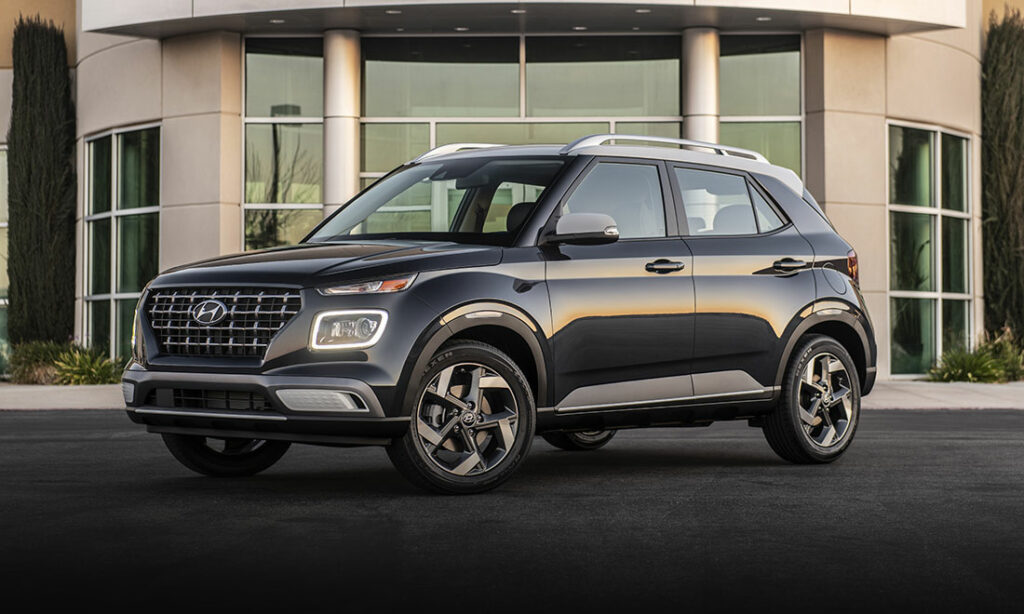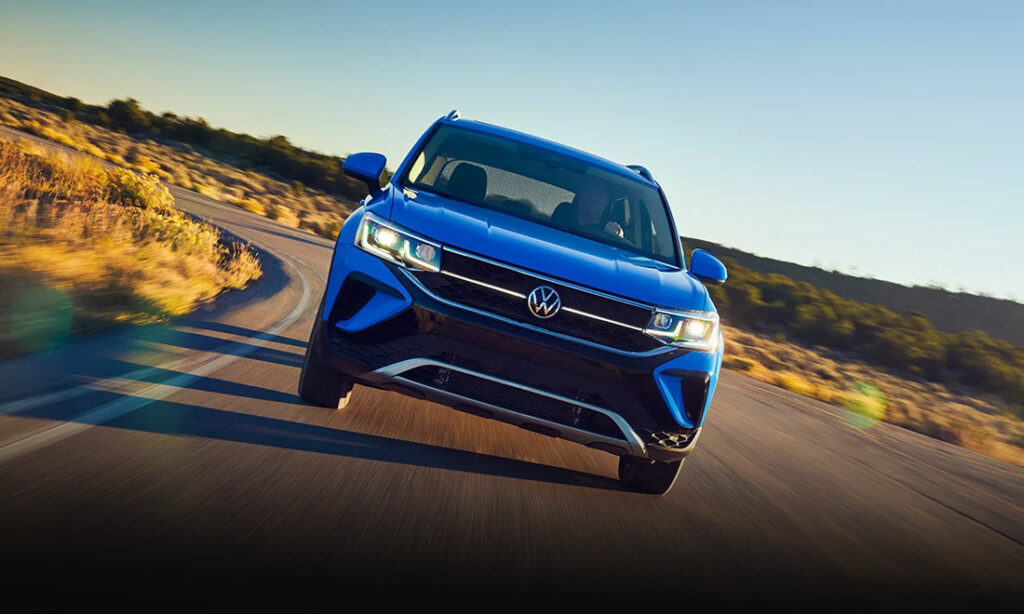Retro Review: Oldsmobile 442
The Oldsmobile 442 nameplate existed for nearly 30 years in various forms, but certainly the standalone 1968-1971 model is truly “keeper of the cool”.
A Long-Gone GM Brand
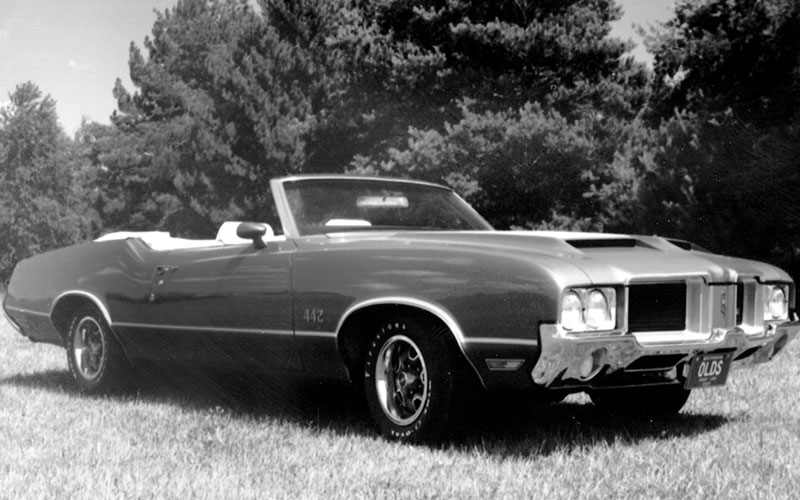
Though Oldsmobile was a going concern for more than a century, we’re coming up on 20 years since it was axed from GM’s once thick roster of automotive brands carving up vehicle segments into narrow and overlapping slices. Before Pontiac followed its corporate cousin into oblivion, Oldsmobile occupied a space on the GM hierarchy that offered a ritzier package than Pontiac while not quite so high falutin’ as Cadillac or even Buick. During a nearly 40 year run, the Cutlass was Oldsmobile’s flagship sedan and one that spawned arguably the brands’ most famous nameplate, 4-4-2.
Where did the 442 Name Come From?
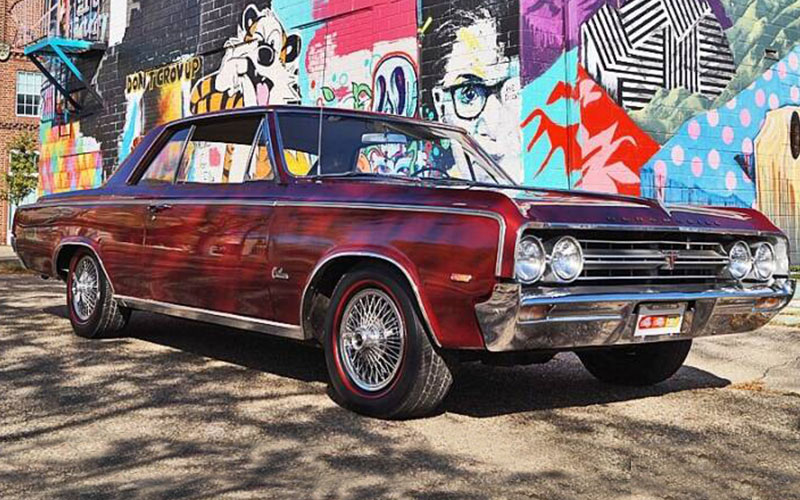
One can be forgiven for assuming 442 refers to the engine displacement as that was common practice in 1964, when the Cutlass 442 arrived. In fact, there was never a 442 cubic inch displacement (CID) version, not even a 440 CID. The first number 4 references the 4-barrel (bbl) carburetor, the second was in honor of the 4-speed manual transmission, while the number 2 denoted the use of a dual exhaust. A bit silly perhaps, but the name stuck even as that equipment changed over the years.
How the Oldsmobile 4-4-2 Started
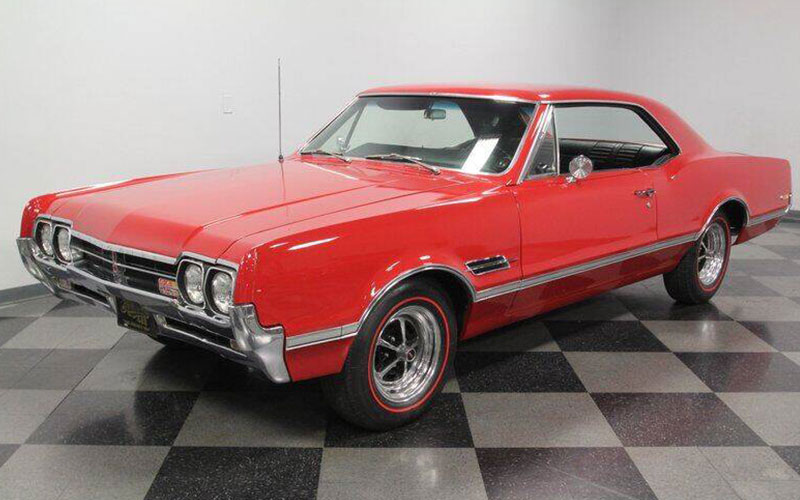
A loosely defined period in the 1960s and 1970s captured an era of American muscle car performance looked back upon happily by enthusiasts. One of the most famous rides born of this automotive arms race was the Pontiac GTO, otherwise known as the Goat. Based on the company’s LeMans, the GTO option added a 389 CID high-performance power plant and was an unexpected sales success. This stirred an internal competition at General Motors, prompting the team at Oldsmobile to respond in kind using their Cutlass lineup.
That response was quick due to a parts bin containing police-spec equipment like a 330 CID, 4bbl V8 motor with heavy-duty valves, spicier camshaft, Muncie 4-speed manual, upgraded suspension, and more. Technically, this was the “B09 Police Apprehender Pursuit” option, a wordy mouthful that was thankfully dubbed “4-4-2”. At the time, an Oldsmobile Cutlass wasn’t known for much in the way of performance, but the company had hi-po creds with their earlier Rocket V8 motors, and the A-body platform was the basis of such legends as the Chevy Chevelle and Buick GSX – not to mention Pontiac’s GTO.
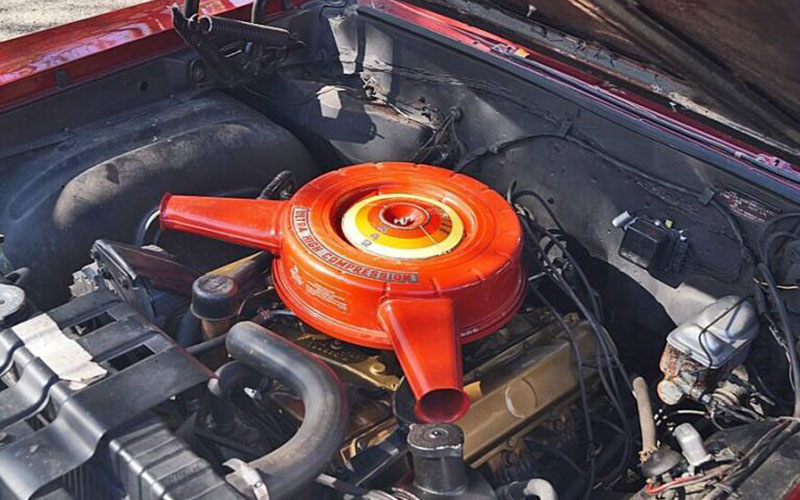
This new 4-4-2 package could be optioned on any body style, except the station wagon, which ranged from 2-door coupe and convertible to 4-door sedan, though records indicate only 10 sedans were made. Period advertising spoke of the special model as “keeper of the cool” and “one of the Youngmobiles from Oldsmobile”. It must have worked as the new factory hot rod stepped up and over the GTO in the next year with a 400 CID V8 pushing horsepower from 310 to 345 and torque from 355 to a serious 440 lb-ft. Already, the naming convention was rehashed to reference the displacement of 400 cubic inches, the 4bbl carburetor, and again the dual exhaust.
By 1966, Oldsmobile 4-4-2’s could be configured with the standard 400 CID motor or a pair of optional V8s. One of those, the “Tri-Carb 400” featured three, 2bbl carburetors to produce 360 hp while another, the W30 “Fresh Air Option”, was said to make the same power but based on period testing, was likely closer to 400 horses. This was thanks to the new outside air induction system that ran 4-inch diameter hosing from the front grille to the air cleaner, added a hotter camshaft, and shifted the battery rearward into the trunk. Only 54 of these rare 4-4-2s were made, which also happened to be just a few more than the National Hot Rod Association homologation requirement of 50 units. Of course, there were minor exterior restyles and interior equipment changes, but the motor is where the exciting work was taking place at this point.
The Standalone 442
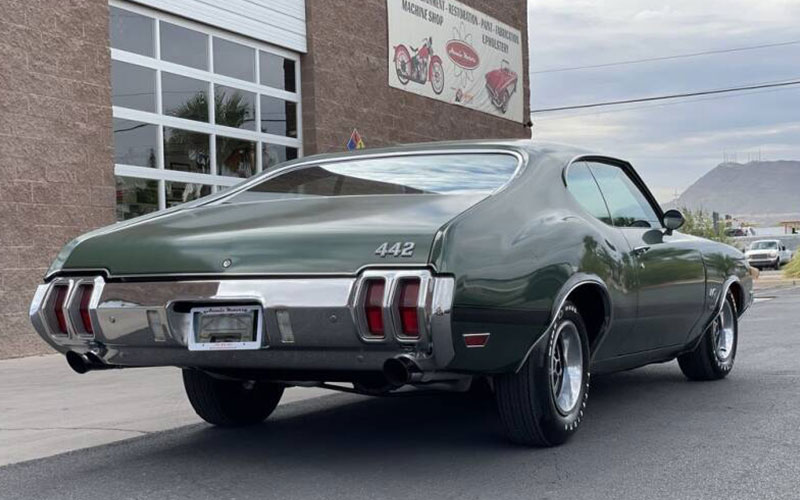
The second-generation Oldsmobile 442 arrived in 1968, where it stepped out from being an optional package and became a standalone model. It’s also when the hyphens were removed from vehicle badging, even though corporate documents retained that style. The base motor continued with the same power rating as did the available W30 setup, which carried over the prior year’s red plastic fender wells to set it apart. 1968 was also the first time consumers could buy a Hurst/Olds (H/O) model that built on the use of Hurst’s shifters to create a limited run of 515 vehicles sporting special paint, badges, interior trim, and most importantly, a 455 CID V8 making 390 horsepower.
By 1970, GM had removed their internal cap on engine size to ensure they remained competitive within the escalating Detroit horsepower wars, and Olds stepped up by fitting the W30 package with a 455 CID mill producing 370 hp and a tremendous 500 lb-ft of torque. It was the peak of Oldsmobile 442 power production and resulted in the 442 performing pace car duty at the Indianapolis 500. Other notable features of this model were the fiberglass hood, aluminum intake manifold, and unique camshaft. Ultra rare were the two special order station wagons built to this spec.
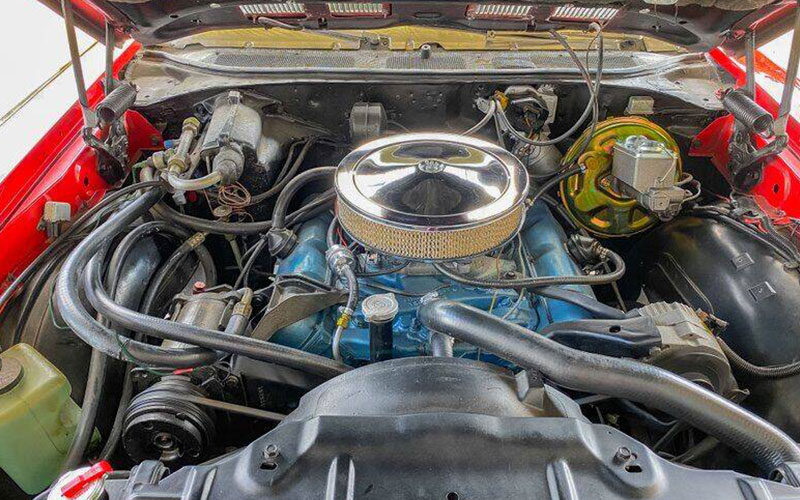
The American automotive landscape started changing the following year as federal requirements on safety and emissions began to ramp up. In preparation for incoming catalytic converter regulations, GM corporate policy required engines to run on lower octane fuel resulting in lower compression ratios and less power. Other changes to the 442 in 1971 included a reduction in available body styles to just a hardtop coupe or convertible. As muscle cars began their descent into the “Malaise Era”, the 442 lost its status as a separate model, reverting to an option package in 1972.
Returning to an Option Package
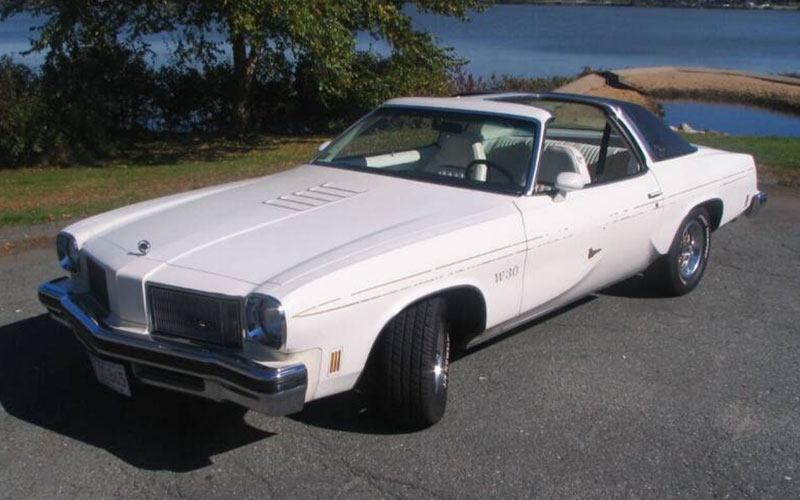
Generation three of the Oldsmobile 442 kicked off in 1973 as an appearance and handling package on the 2-door “Colonnade” Cutlass only. The 455 CID motor was still on tap, but was pushing a bigger, heavier car with 5-foot long doors, energy-absorbing bumpers, and a reinforced roof in anticipation of upcoming rollover requirements. For 1974, the facelifted Cutlass offered the 442 package with either a 350 CID Rocket V8 making 180 hp or a 455 CID model making 230 horses. Part of this sudden drop in power ratings was the result of Detroit automakers converting from SAE gross to SAE net horsepower ratings. However, there was no escaping the power drain caused by increasingly stringent federal standards.
Fuel economy began to take over power as the key selling point on all cars, including the 442, which by 1975 featured a six-cylinder motor as standard equipment for the first time in its history. During the last couple of years of third-gen 442 production, the most recognizable feature was the use of an aerodynamically sloped front-end that emulated NASCAR styling, along with quad rectangular headlights. The 455 CID motor made its final appearance in 1976, replaced by a 403 CID Rocket V8 the following year making 180 hp.
The Slow Demise of the 442
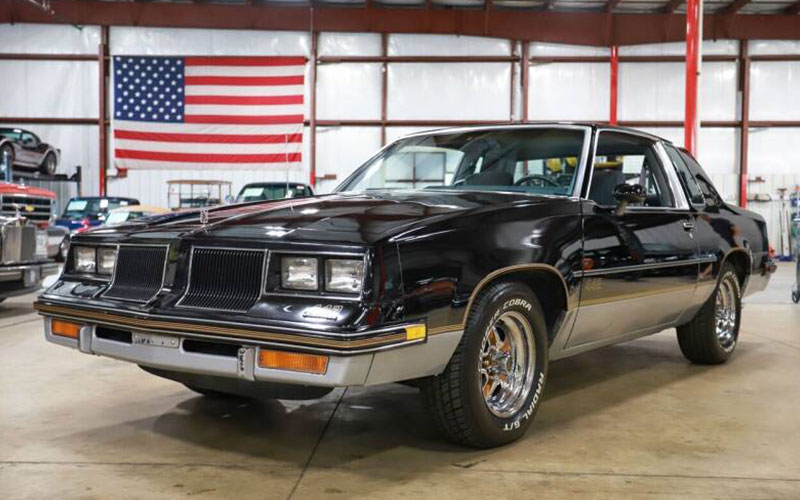
The fourth-generation 442 option package continued to be offered on the Cutlass in 1978, which was smaller all the way around including a nearly 10” shorter overall length. A 305 CID, 4bbl V8 was the biggest motor available, though a H/O version sold in 1979 did offer a 350 CID setup. This approach of a slightly larger motor, special paint, and upgraded suspension continued for the 442 until 1980, at which point it was discontinued through 1984.
From 1985 to 1987, the 442 name was applied to Cutlass Supreme trim with a 307 CID V8 mated to a 4-speed automatic. A tuned suspension, 15” chrome wheels, and gold accents denoted the 442 setup along with a beefier 8.5” rear end from Buick’s Grand National versus the 7.5” variety found on Chevy’s Monte Carlo SS. After another hiatus in 1988 and 1989, the Olds 442 name came back for a last gasp in 1990 on the front-wheel drive Cutlass Calais. Sporting a four-cylinder engine, it was a far cry from the ground shaking V8 power of the 442’s heyday. Period literature refers to an Oldsmobile Achieva SCX as a “4-42” in 1993, the last time this storied nameplate was seen up to the end of the brand in 2004.
An Overlooked American Classic
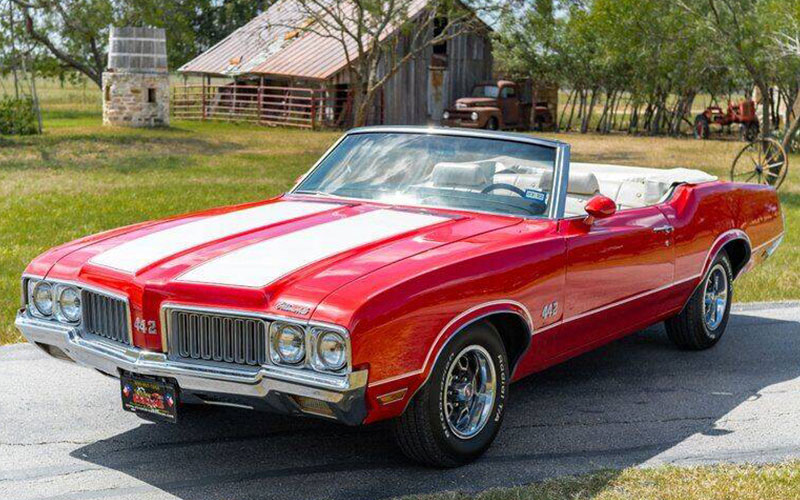
Today, vintage Chevelles and GTOs generally receive more attention in the collector car market with a higher cachet. However, there is no denying Oldsmobile 442s from the late 60s and early 70s are deserving of the same sort of attention. Plenty of power was on hand and of course, all these vehicles were the definition of GM badge engineering, making the distinction between what’s cool and what’s not harder to distill. Any American muscle car enthusiast should have the Oldsmobile 442, “keeper of the cool”, on their bucket list of cars to enjoy.


